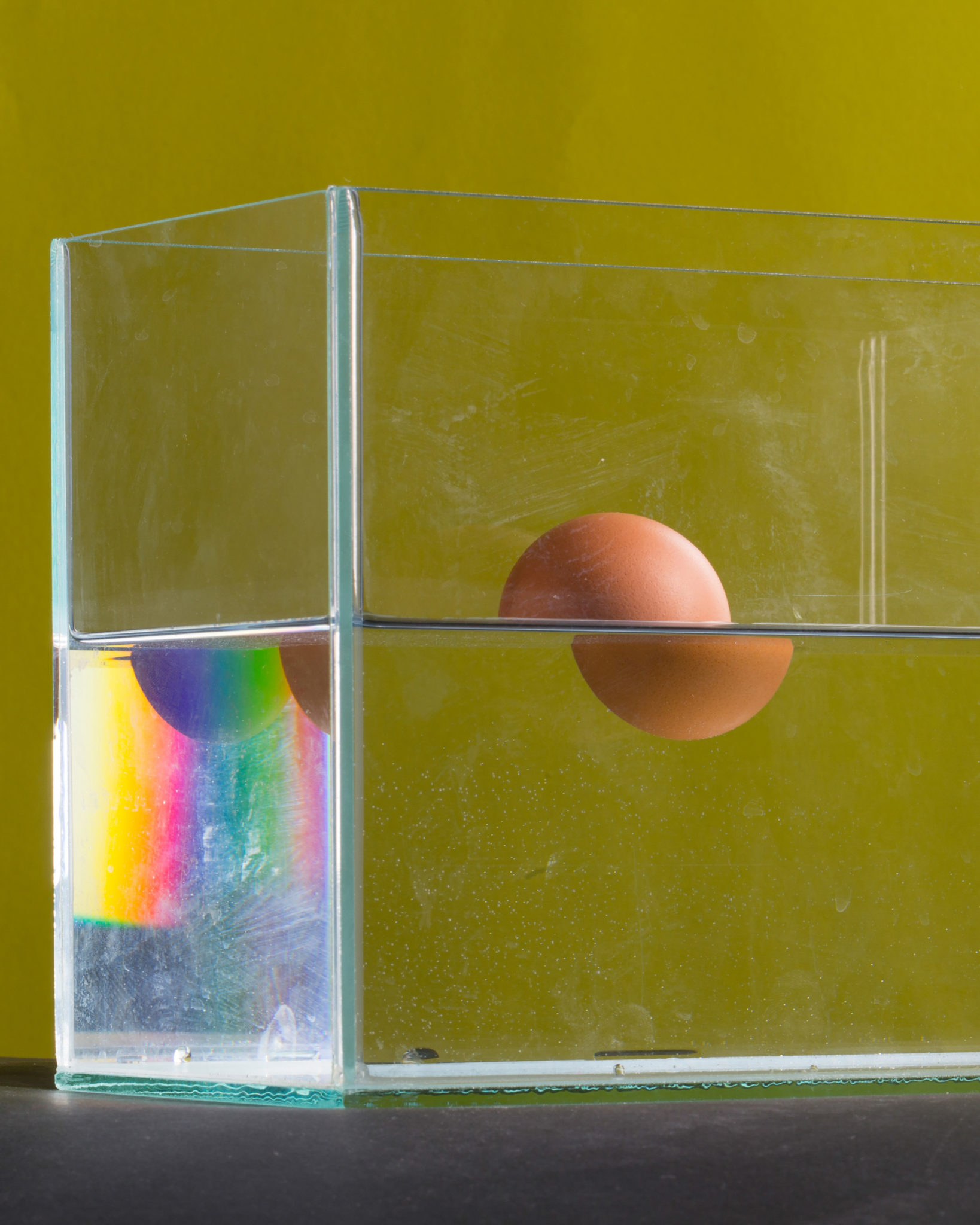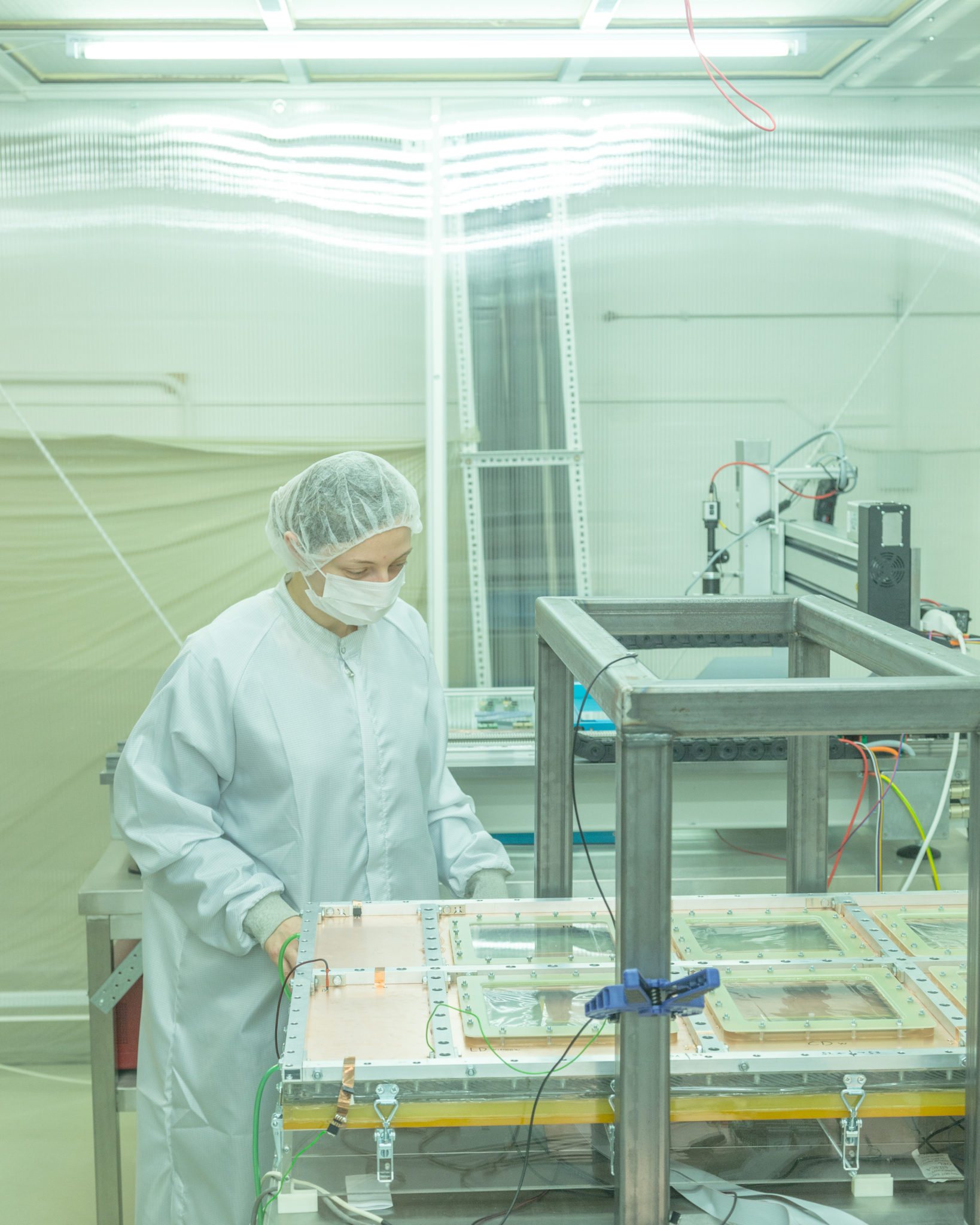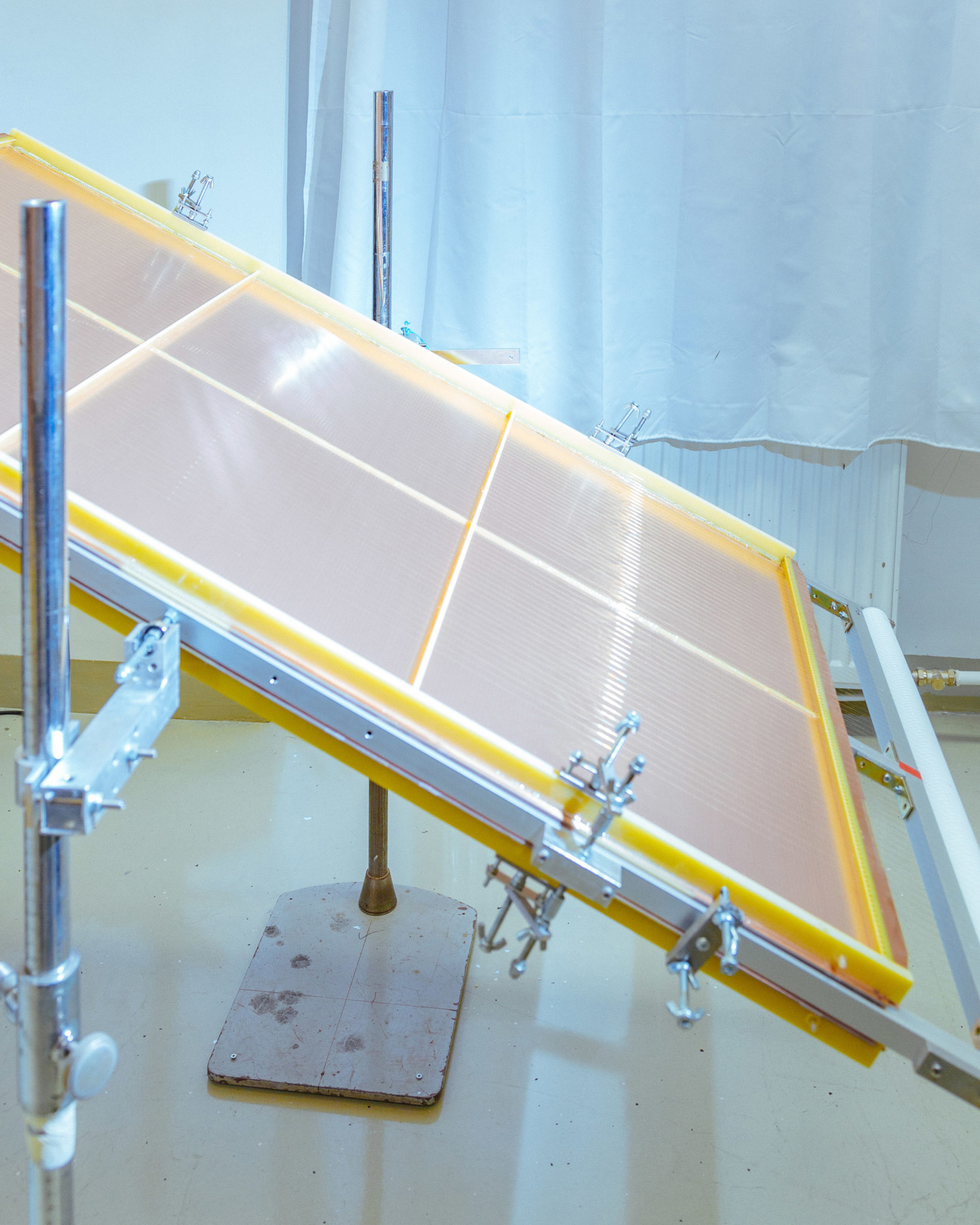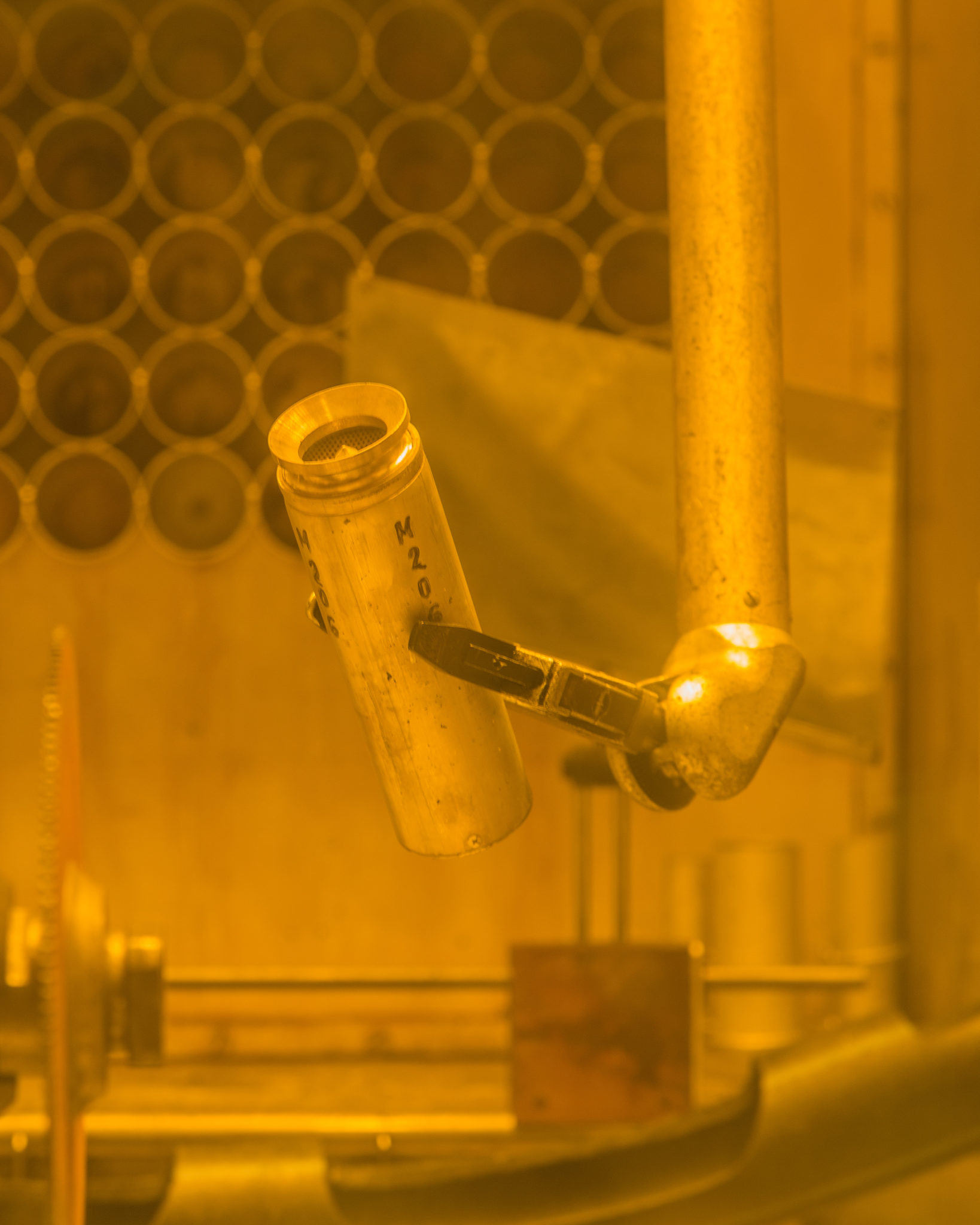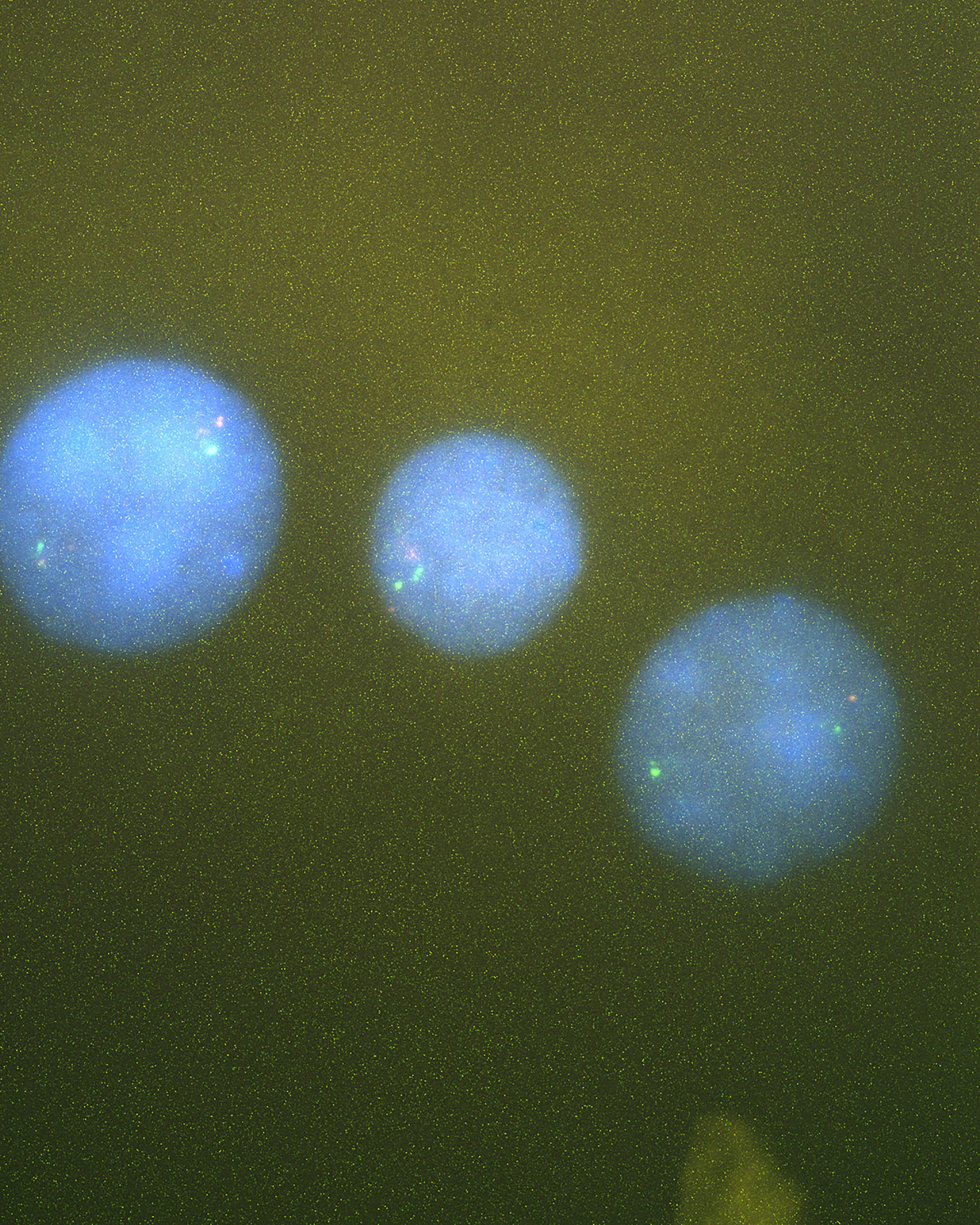the aesthetics of science
A tudományos kutatások és az ehhez kapcsolódó elméleti háttér napjainkra igencsak komplexé vált. A szélesebb közönség eltávolodik, és valamelyest tart is a tudománytól. A köztudatba épült az az elterjedt vélekedést, miszerint az átlagembernek nem is kell értenie, hogy mi is történik éppen a tudományok világában, bőven elegendő, ha élvezzük, használjuk és alkalmazzuk a kutatások eredményeként létrejövő használati tárgyakat, eszközöket és szolgáltatásokat. A tudomány esztétikai értéke azonban mindenki számára vonzó lehet, és sok esetben művészeti alkotásként is tekinthetünk egy-egy kutatás vizualizált eredményére vagy akár már magára a kutatás folyamatára. A tudományban fellelhető esztétikai dimenzió hasonló ahhoz, ahogy a művészetekben akár a zene, a költészet vagy a festészet területén jelen van. Annak ellenére, hogy ugyancsak népszerű tévhit a művészekkel kapcsolatban, miszerint csak azt fejezik ki, abból táplálkoznak amit éreznek vagy érzékelnek a világból, a strukturált analitikus gondolkodás ugyanúgy része az alkotási folyamatuknak.
As scientific researches and theories become more complex, their practise becomes harder and needs higher education. The result of this is that a great portion of the audience distances itself from the topic, in fact, they are afraid of science. Therefore, they follow the popular belief which says that an ordinary man does not have to understand what is happening in the world of science. It is more than enough if they just enjoy the fruit of the researches, that they just use these objects, tools and services. However, the aesthetic value of science attracts all people. In many cases we can view the visualized result or process of a research as art. When I visited a lab or a research centre, it felt like I was in an art studio. In my opinion, the people that work in science and art are driven by the same obsession: to create. The end-goal is to find the light. Both are looking for the order and the system in the chaos. Other shared points are that both in science and art, they tend to view the human body as an object and that a project is endless and remains unfinished.


